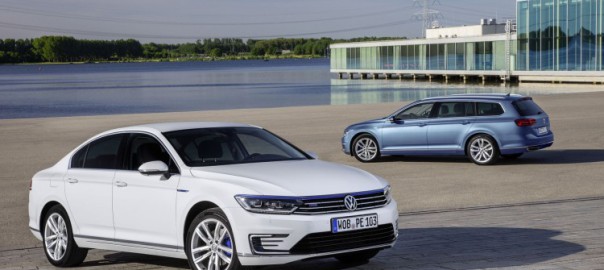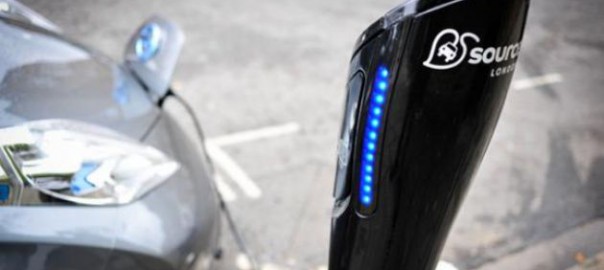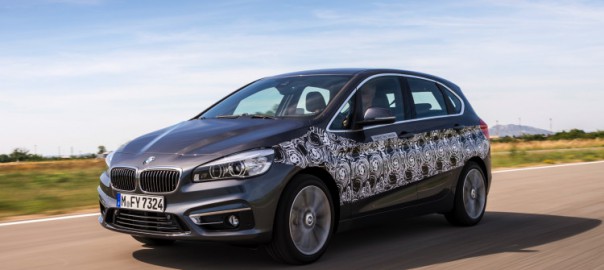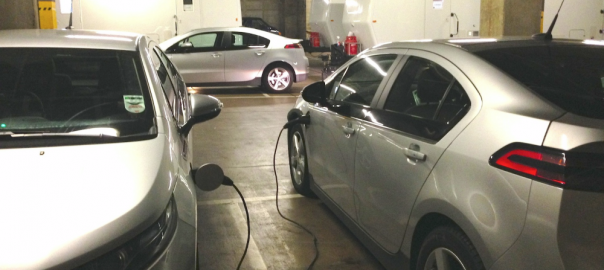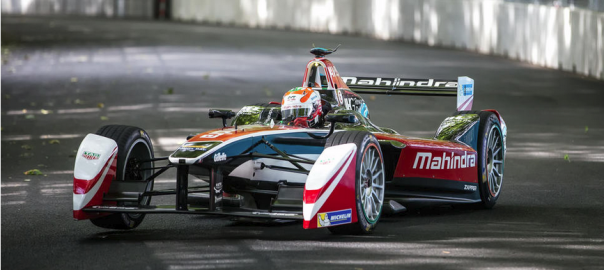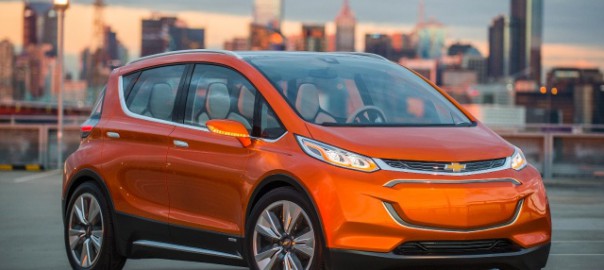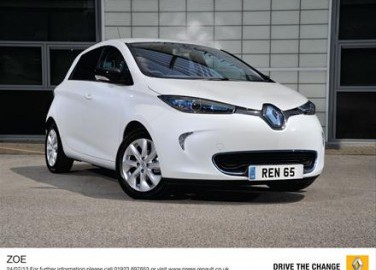I asked a few weeks back whether you’d buy a used Nissan LEAF, revealing that I myself am mulling such a purchase.
No sooner do I start to explore the decision in depth that some of those familiar naysaying headlines start popping up. Over at Autoblog Green, I see this: Electric cars can be dirtier than gas ones. Meanwhile over at Torque News, I learn that a LEAF is greener than a Prius in most states—but is only borderline in my home state of North Carolina.
Now there are way too many ambiguities to discuss here: The study quoted in Autoblog Green did not, for example, take into account the fact that refining gasoline requires vast amounts of (usually) coal-burning electricity too. Without a true well-to-wheels (or mine to wheels) analysis, the whole exercise becomes a bit moot. Equally, how does it change the equation if an electric car driver chooses to buy from a green energy tariff? And how do we plan for a changing electricity grid in the future?
What really interests me is the bigger point, however: We may be spending too much time worrying about our own, specific carbon footprint—and not enough time worrying about the role we are playing in a broader transition to a low carbon economy.

The case of electric cars is just one example of this phenomenon. If we need to decarbonize both electricity supply and our transportation systems, then the idea that a gas-fired car is (or may be) currently greener becomes largely irrelevant. What matters is that we need both emission-free cars and emission-free electricity in the very near future, and any form of oil-powered car, however efficient, is simply not going to get us there. (One recent study suggests that a future based on autonomous, electric vehicles could create 94% reductions in CO2 emissions as the grid gets greener.)
So buy your electric car (if you need a car), and then work like hell to defend and promote clean energy where you live, and maybe reduce car dependence too.
Other examples of this phenomenon range from the constant whining about Al Gore’s carbon footprint (as opposed to his leverage) to the dangerous notion that “voting with your dollar” is as important as engaging with the political system.
Yes, your personal impact on the planet is part of the bigger picture. But it’s that bigger picture that actually matters.
Source: Treehugger

